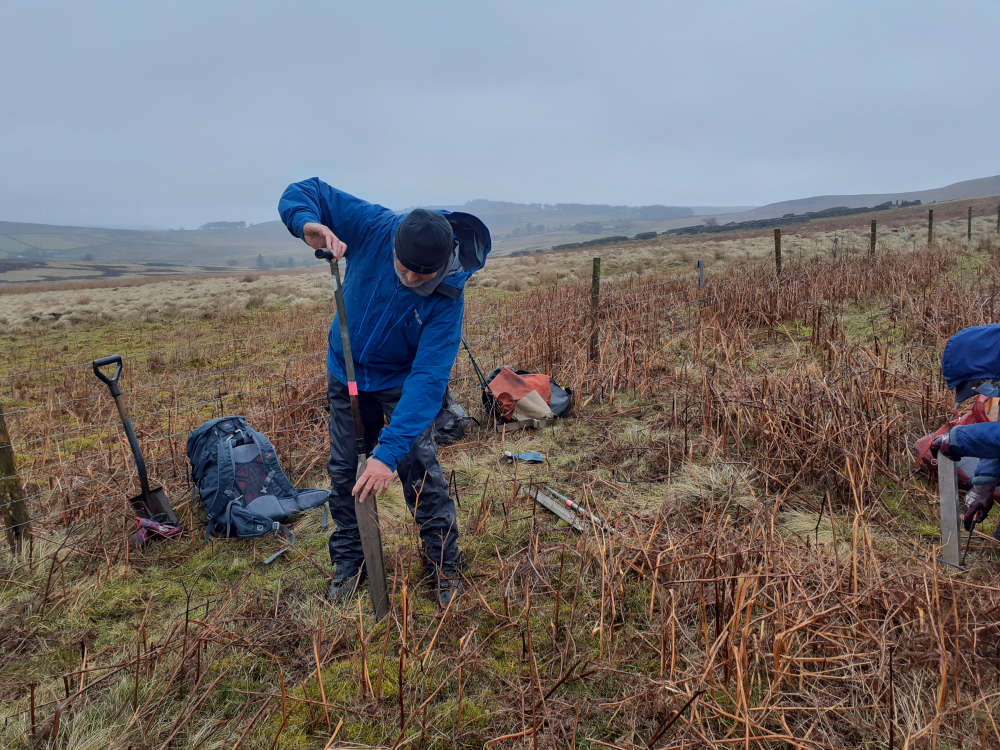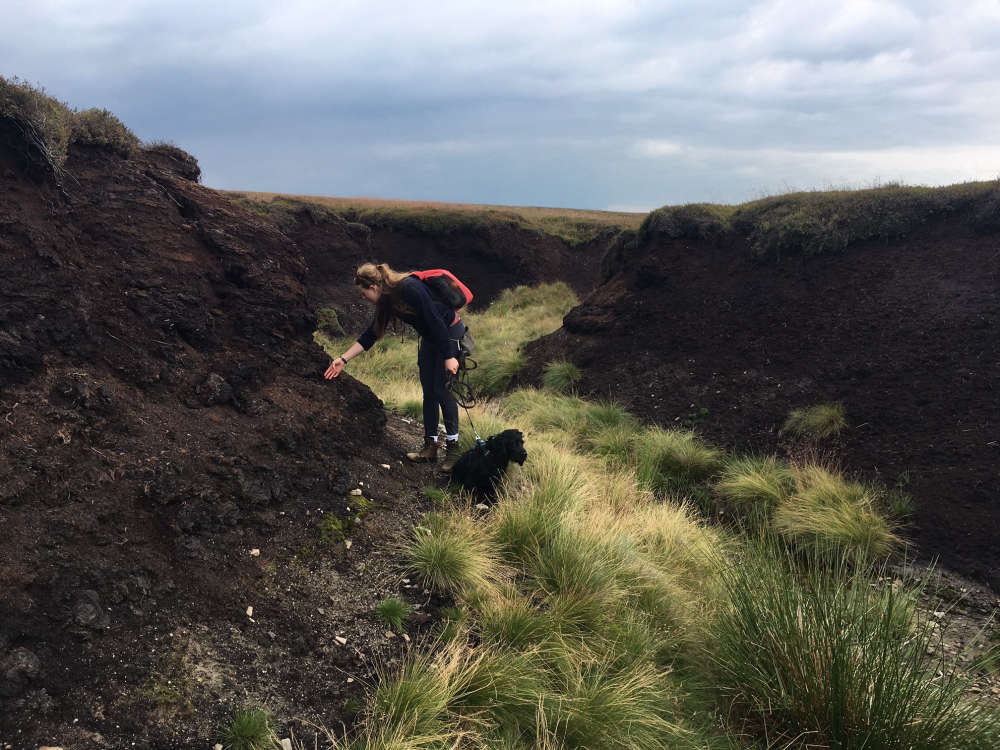
With the UN Climate Conference (COP26) soon to be held in Glasgow, a new study has found that nine million tonnes of carbon are locked up in just 8,267 hectares of peatlands in Peak District moors.
The recent study by Moors for the Future Partnership investigated how much carbon is stored within the peatland blanket bog in the Bamford Water Treatment Works catchment.
It revealed that within an area of 83 square kilometres, approximately the size of Manchester, the amount of carbon stored and kept locked up in the peatland is equivalent to the emissions of running eight coal-fired power stations in the United Kingdom for a year.
Climate change and the carbon emissions that exacerbate it are finally rising to the top of many governments’ global agendas. Worldwide, peatlands store at least 550 gigatonnes of carbon, more than twice the carbon stored in all of the world’s forests.
Covering only three per cent of the world’s surface area, peatlands are a habitat rarer than rainforests, but play a key role in climate regulation.
Chris Dean, head of Moors for the Future Partnership, said: “Healthy peatlands have a vital part to play in tackling climate change, storing more carbon than any other terrestrial habitat type. This study shows that in the Bamford catchment alone, the amount of carbon stored in the peatlands would be equivalent to half a billion tree seedlings being grown for 10 years.
“However, peatlands, in a degraded and damaged state, are a major source of carbon emissions.
“This accounts for peatlands’ prominence in Defra’s 25 Year Environment Plan, and why it is vital to urgently reverse the damage to our peatland habitats as part of tackling climate change.
“The partnership has been turning the tide on peatland erosion on a landscape scale for the last 20 years, and has so far restored 35km of moorland in the Peak District and South Pennines.
“This makes a significant contribution to the UK’s climate stability and carbon emission reduction targets. We have the tools and the knowledge, and the time to invest to support action is now.’’

SURVEY: Banks of peat at Bleaklow.
Sarah Fowler, Chief Executive of the Peak District National Park Authority said: “The iconic, stunning landscapes of the Peak District National Park draw millions of people every year to enjoy the incredible, evocative spaces that not only offer a home to wildlife, but a beautiful backdrop for a wide range of outdoor activities.
“Beneath the feet of the National Park, visitors venturing onto the large areas of blanket bog on the moors, hidden from sight, is a significant store of carbon that is crucial to us all.
“The work to restore our precious peatlands here in the Peak District National Park, and beyond, will deliver a legacy of long-term environmental benefits – including carbon storage.
“Looking to the future, the peatland restoration programmes of northern England have developed a vision to match the scale of this ecological challenge, the Great North Bog.
“This initiative aims to develop a working partnership to deliver a 20-year funding, restoration and conservation plan.”
Alongside peatland conservation, organisations and experts from around the world, the partnership has joined with the Global Peatlands Initiative (GPI), led by the United Nations Environment Programme, to pledge their collective commitment to tackling climate change, protecting nature and forging ahead for the health of our planet now and in the future.
Restoring and conserving peatlands is the most effective way to naturally capture carbon and lock it away long term.
The global network is working together to share the importance and value of peatlands as a nature-based way to accelerate climate action as we enter into the UN Decade of Ecosystem Restoration.
The Decade of Ecosystem Restoration aims to prevent, halt and reverse the degradation of ecosystems on every continent and in every ocean.
Dianna Kopansky, Global Peatlands Coordinator for GPI, said: “Linking up to raise awareness of the potential of healthy peatlands for climate action, nature protection and our overall well-being is vital. Peatlands are a neglected ecosystem and by profiling the incredible peatland restoration efforts across the globe we hope to awaken opportunities and inspire action now and for our common future.
“Peatland conservationists from around the world are coming together to share their stories about the work they do and the work that needs to be completed to fight climate change.
“GPI welcomes this coordinated communications effort from our peatland partners. Together we will be highlighting peatland restoration during the UNFCCC COP26 in Glasgow in November at our Peatlands Pavilion, and throughout the UN Decade of Ecosystem Restoration.”
Pictures by Moors For The Future Partnership
Read more from the Glossop Chronicle
Click here for more of the latest news
Click here to read the latest edition of the paper online
Click here to find out where you can pick up a copy of the paper


 The signs they are a changin'
The signs they are a changin'
 Police clock motorcyclist doing 95mph
Police clock motorcyclist doing 95mph
 New Passenger Assistance Points Installed for Rail Users
New Passenger Assistance Points Installed for Rail Users
 Pétanque players bouled over by new piste
Pétanque players bouled over by new piste

